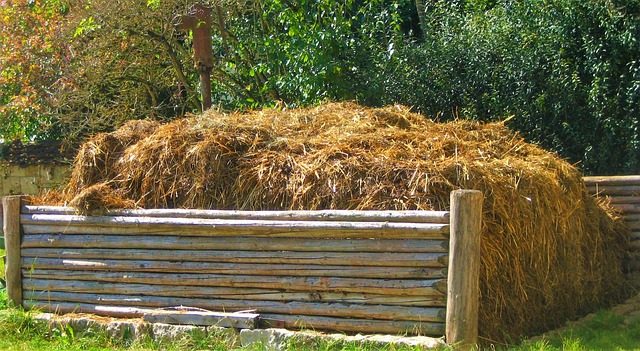Nitrate and Nitrites in Drinking Water
 As a tenant or homeowner and parents with children, the issue of nitrates and nitrites in drinking water is probably already well known. Nitrate and nitrite water contamination is also evident in Switzerland, raising the question for many about the best steps to take against it. This guide provides the most important information and openly addresses the issue.
As a tenant or homeowner and parents with children, the issue of nitrates and nitrites in drinking water is probably already well known. Nitrate and nitrite water contamination is also evident in Switzerland, raising the question for many about the best steps to take against it. This guide provides the most important information and openly addresses the issue.
The quality of drinking water in Switzerland stands out significantly from many other countries, consistently providing clean water and the best water quality. However, measurements show that drinking water in Switzerland can also contain nitrates and nitrites, which are considered harmful to health. Water analysis confirmed that elevated levels pose an increased risk and should not be taken lightly. Agriculture, manure, and other substances contribute to water not landing in drinking glasses in complete purity, which can become problematic in the long run.
Nitrates and nitrites in drinking water are spreading according to recent studies and are not easily stopped. Large agricultural activities are one of the main reasons for such water degradation. While Switzerland's drinking water quality meets the highest standards and enjoys an excellent reputation, foreign substances are still found in numerous water samples. Long-term solutions need to be found for this issue.
How Concerning are Nitrates and Nitrites in Drinking Water?
The quality of tap water and groundwater is typically monitored by governmental agencies. If nitrate and nitrite levels exceed the thresholds, authorities are required to take countermeasures and inform the public. According to their own statements, Swiss local water suppliers implement programs to reduce nitrate contamination, but so far, without significant success.
Information about local groundwater quality can also be found online. National groundwater quality data is provided online by the relevant Swiss authorities. Generally, low levels of nitrates in drinking water below the threshold of 50 milligrams per liter are not harmful. Most of our daily nitrate and nitrite intake comes from food.
Caution with Infants!
An important exception is infants. Here, the limit for nitrate and nitrite water contamination must not exceed 10 milligrams per liter and should not be surpassed. Local waterworks provide direct information on this and usually recommend using water in packaged bottles. Here is further information on the topic.
Nitrates and Nitrites Responsible for Oxygen Depletion
Especially when children are present or during pregnancy, this is a risk. Before they are 3 months old, babies have increased methemoglobin in their blood. Nitrite converts red hemoglobin into methemoglobin. This methemoglobin can no longer transport oxygen to tissues. This leads to oxygen deficiency in vital organs such as the central nervous system and the heart, which can be fatal depending on the severity. This risk does not exist for adults, as the binding of oxygen to red blood cells prevents the breakdown of nitrate and nitrite.
Nitrates and Nitrites can be Carcinogenic
Another risk is that the substances can combine with amines to form nitrosamines in the stomach. Some nitrosamines are suspected to be carcinogenic. A final decision on this has not yet been made, but initial suspicions have been raised.
Water Analyses Can Help
To detect pollutants in water, water analyses can help. With a test kit, an analysis of the risk parameters can be conducted and the current state determined. High-quality laboratory analyses help to evaluate the test correctly and also monitor contamination. No prior knowledge is required for such an undertaking, and the test can be conducted as follows.
How the Analysis is Conducted
The desired analysis is ordered, and a test kit is sent for sampling. Using a data sheet, sampling can be easily done from anywhere and submitted. The sample is then stored in the test kit and sent back to the laboratory. The laboratory analyzes the sample in the final step and measures all values relevant to the result. The entire process takes about three weeks to receive a meaningful result afterward. Here is further information on conducting the analysis.
Impact on the Environment
Agriculture and resulting manure are main contributors to high nitrate and nitrite levels in water. Manure seeps into the soil and thus enters the drinking water, where it becomes contaminated, and the two substances accumulate. Those who want to protect themselves and their children are best advised to opt for water analysis and conduct a test. Test now.
